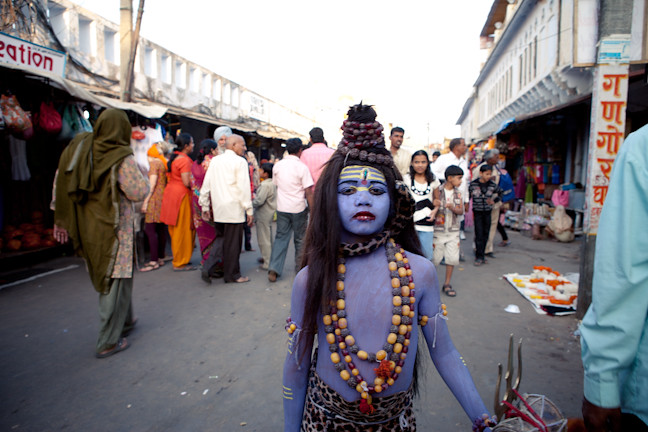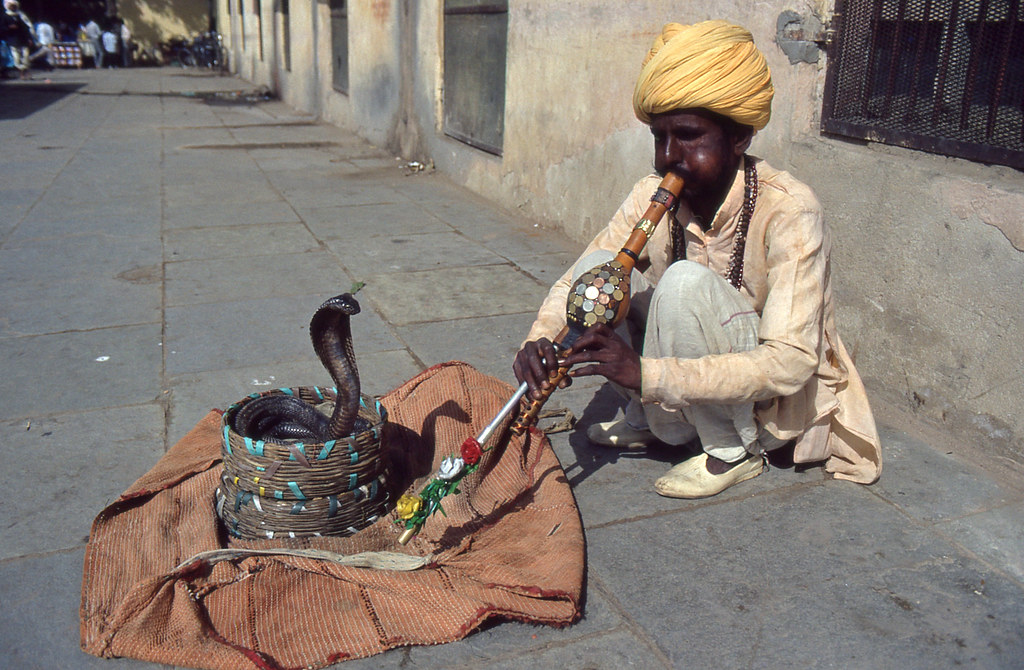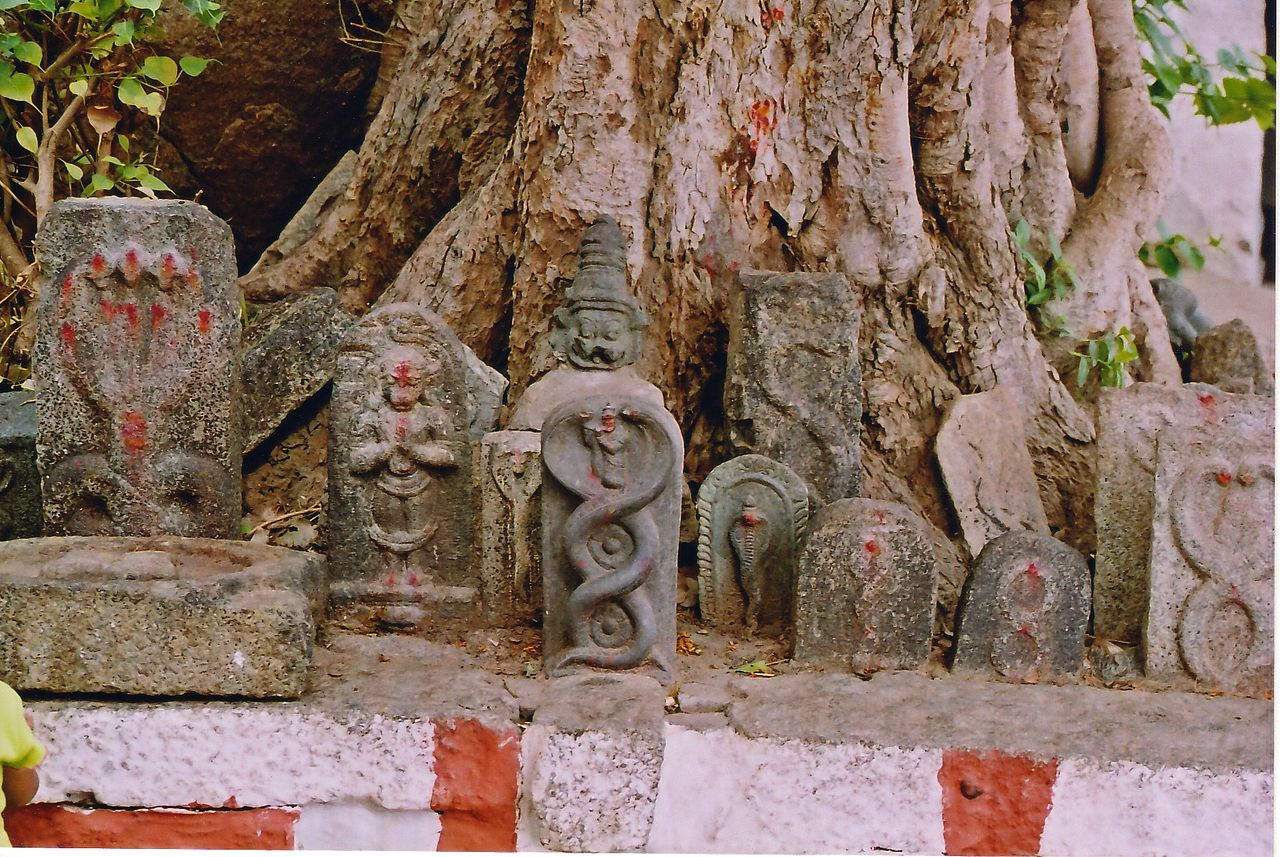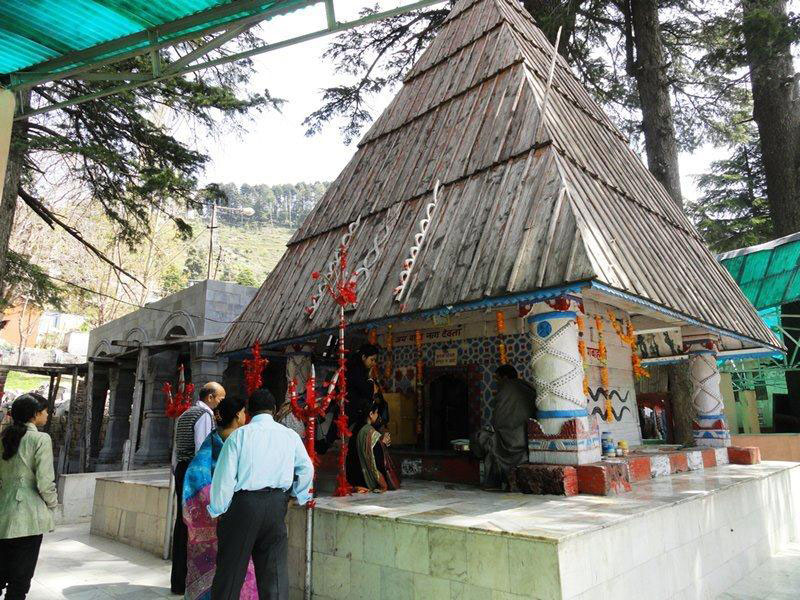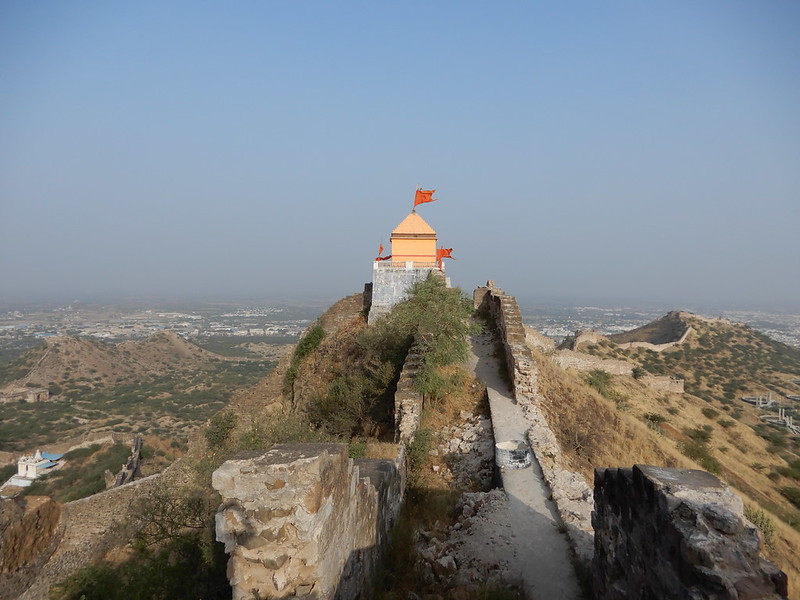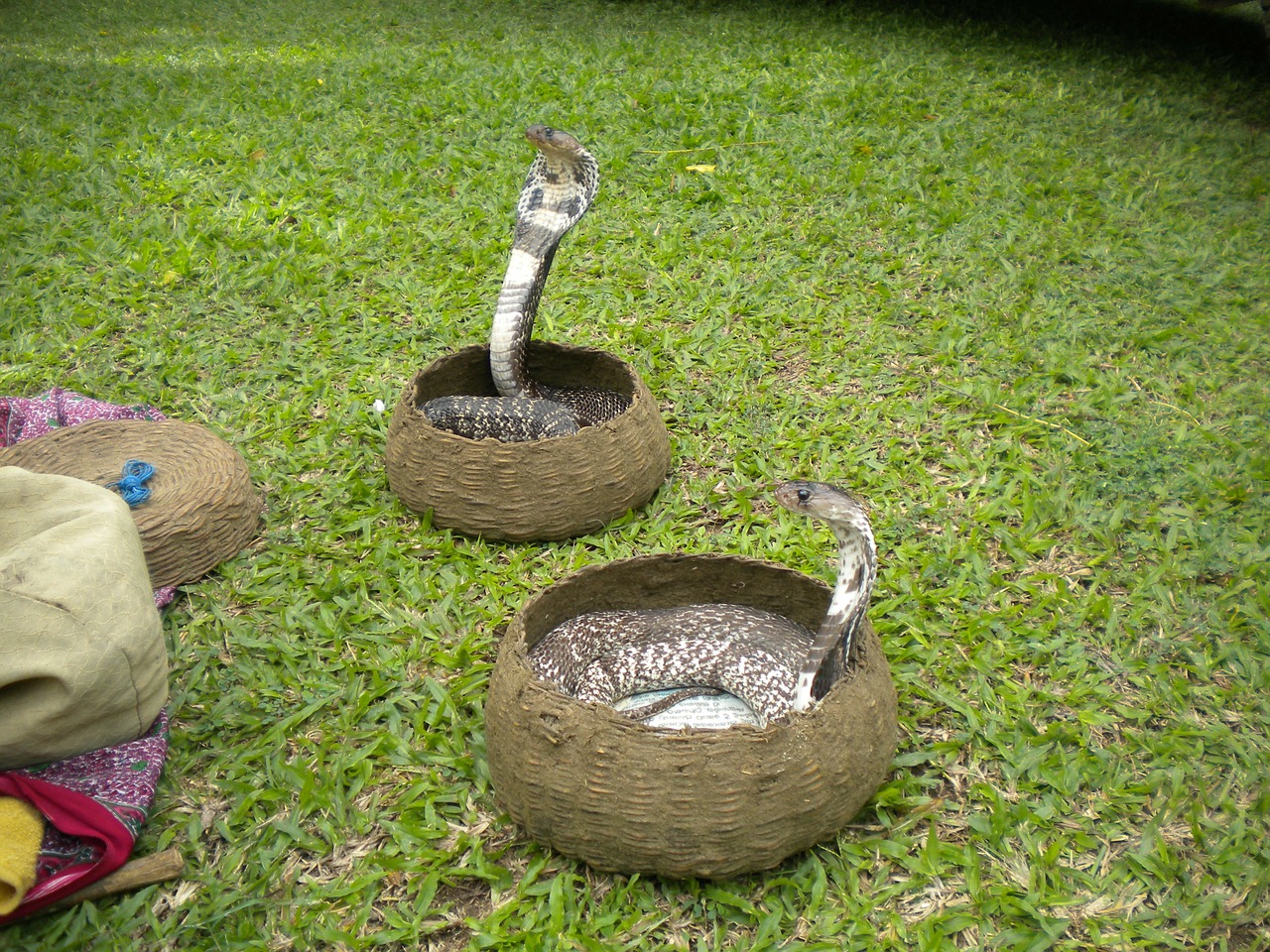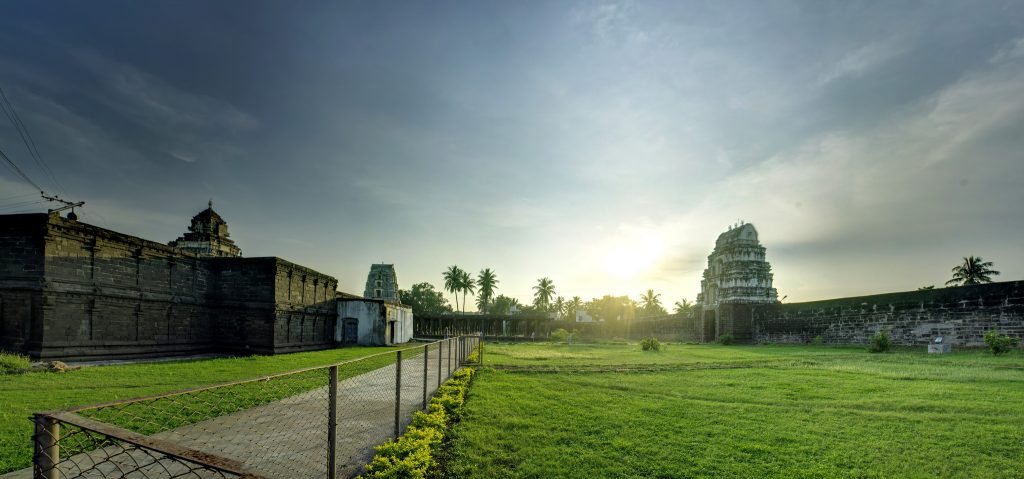Being a land of ancient traditions, mystic philosophies and rich culture; all of India’s festivals are long-awaited for they are always fun and unique in their own way. Our festivals are quite popular across the world for being grand, colorful and with each having its own legend. To witness any of India’s festivals is to witness the true manifestation of India’s extremely rich and varied culture.
How India’s Culture Gave Snakes a Divine Status
India has a huge number of Gods and Goddesses whom they worship every year. And out of these millions of Gods and Goddesses, snakes constitute an important faction. Well, Hindu mythology has its own place for animals and birds as gods and demigods along with other mainstream deities. Snakes are worshipped, and so are bear, peacock, monkey, cow, elephant, tiger and so on and so forth. Thus every year in the month of Shravan, which is a very auspicious month in the Hindu Calendar, Nag Panchami is celebrated by the worshippers of Lord Shiva, a deity that is closely related to snakes and serpents.
Nag Panchami comes from two words – Naga which means snake and Panchami which is used to mark the fifth day. Therefore, Nag Panchami falls on the fifth day of Shravan every year. This festival is not just celebrated in India. It is also celebrated in Nepal which also has a sizeable Hindu population. When it comes to worshipping animals, Nepal is a tough competitor. If there were more days in a year, Nepal would worship almost all animals found on its terrain.
The Legend Behind Nag Panchami
There are various stories in Hindu mythology explaining the significance of worshipping serpents and there are many folk tales related to this festival as well. One such tale is that of a farmer whose son killed snakes while ploughing his field. The mother of the snake took revenge and bit the farmer’s family and only his daughter survived. The grieving daughter prayed to the mother snake with a bowl of milk and asked for forgiveness and restoration of the life of her family. Pleased with her prayers, the mother snake restored her family. That day was also the fifth day of the bright half of the Lunar month of Shravan. Ever since then, serpents and snakes have been worshiped in India and Nepal. Snakes are offered milk, sweet, and flowers, honey, sandalwood paste and turmeric with reverence. Special delicacies called Yellu chigali (Sesame seeds sweet), Thambittu (gram flour laddoo), besan laddoo, jowar rotis are prepared and offered to the Serpent God. Similarly, ploughing is forbidden on this day.
The Significance of Worshipping Snakes in India
The significance behind worshipping snakes in India has a spiritual angle to it. It is believed that snakes are the only animals known to take revenge. They never forget and rarely forgive. Snakes are worshipped to erase wrongful acts done in the past and to seek protection for the worshipper’s family. In addition to this, snakes also signify our fears. Therefore, Nag Panchami is all about taming the ‘snakes within us’, which means conquering all our fears and cleansing ourselves of any wrongs.
This year Nag Panchami will be celebrated on the 5th of August. So let us come together with utmost devotion to appease the God of Snakes to help us conquer all our fears, cleanse our past karmas and learn to respect every creation of God – big or small, good or evil.
Wish to be part of this celebration? Here is a list of popular places you could visit this Nag Panchami to witness the celebrations of this mystifying and remarkable Hindu festival –
1. Nag Mandir, Patnitop
The Nag Mandir is the most famous temple in Patnitop and expects a huge footfall during the day of Nag Panchami. The mandir dates back more than 600 years and lies on a hilltop where it proudly stands. This Mandir is considered not only the oldest but also the holiest of places due to legends marking this as the site where Lord Shiva and Goddess Parvati tied the knot. Many individuals visit the Nag Mandir in the hope that their wishes will be fulfilled. The wooden temple contrasts beautifully with the lush green scenery of the hilltop as well as the snow-capped mountains in the near distance.
Timings: Monday to Sunday: 7:00 AM to 7:00 PM
How to reach
By Air: The closest airport to Patnitop is the Jammu Airport
By Rail: The closest railway stations from Patnitop are the Jammu Railway Station and the Udhampur Railway Station
By Road: Patnitop lies at a distance of 110 kilometers from the city of Jammu and can be easily reached by a convenient Jammu to Patnitop cab.
2. Mannarashala Temple, Kerala
Mannarasala Temple is the largest snake temple in Kerala. Interestingly, there are around 30,000 images of Naga gods here and the chief priest of the temple is a woman.
Timings: 5 am to 12 pm, 5.30 pm to 7.30 pm
How to Reach
By Air: The nearest airport is the Cochin Airport which is about 60 km from the temple
By Rail: The nearest railway station from the temple is Haripad Railway Station which is only 3 km away.
By Road: Mannarashala Temple is about 3km in the north-east direction from the bus station on National Highway 47 at Haripad in the Alappuzha district of Kerala. One can also rent a car in Kochi for a hassle-free ride to one of India’s most famous Naga temples.
3. Bhujang Naga Temple, Gujarat
Bhujiya Fort is an ancient fortress on the outskirts of Bhuj in Gujarat. Legend has it that the fort belonged to Naga chieftains (Naga Clan). Bhujanga, the last of Naga Clan, died in a battle and the locals built a temple for him. Today, this temple is located on top Bhujiya Hill and is known Bhujang Nag Temple that celebrates Nag Panchami every year with extravagant offerings and rituals.
Timings: 7 am to 7 pm
How to Reach
By Air: Sardar Vallabhai Patel International Airport is the nearest airport from where one can reach the temple.
By Rail: Bhuj Railway Station is the nearest railway station
By Road: Buses are available from all the major cities of Gujarat to reach Bhuj. One can also book a taxi service in Ahmedabad to get to Bhuj.
Festivals like Nag Panchami are celebrated to remind us that we are not the center of all creation. Nature is equally important and despite our hubris as humans, even the smallest of God’s creatures are deserving of respect. Though celebrated across the country, South India, Maharashtra and Bengal are the best places to enjoy the festival. As snakes play a significant part in Indian mythology and religion, God-fearing Indians elevated them to this divine status and this is not changing any time soon, not until snakes disappear from the Indian terrain.
Last Updated on September 12, 2019 by Harpreet Janeja
